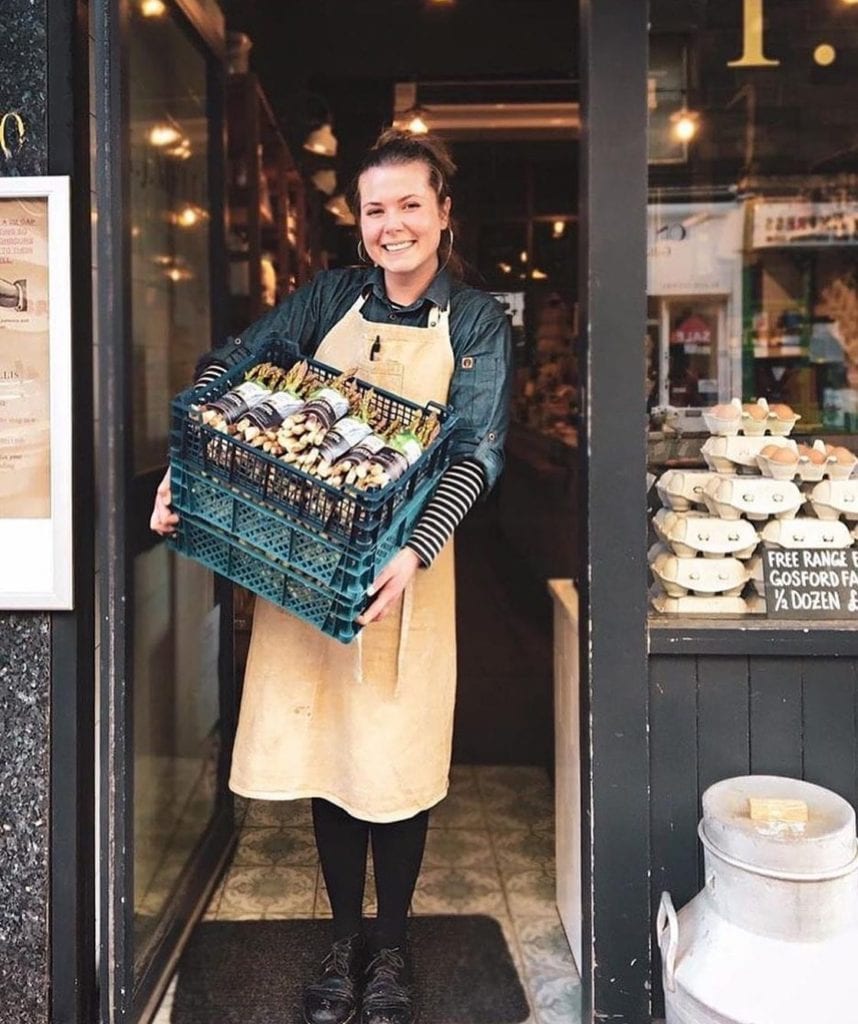If you’re a fan of asparagus, gorge yourself on the good stuff now, rather than the dry and fibrous plastic wrapped sticks you’ll find in the supermarket nearly all year round.
A few interesting facts about this rather alien-looking vegetable: its folk name is sparrow grass, it has male and female plants (the girls make poisonous berries, and, like cavemen, the boys produce more spears), white asparagus is grown underground, so a lack of chlorophyll makes it stay Nostradamus-coloured, and the spears can have growth spurts of up to 10cm per day.
According to British Asparagus, the International Journal of Pharmaceutical Science and Drug Research did a study (among rats) that also suggested that this saucy vegetable could improve libido.
At our last count, there were only three growers of aphrodisiac asparagus in Scotland.
There’s small scale producer, Charleton Fruit Farm, in Montrose, and another two, both in Angus - Eassie Farm, whose other crop is seakale, and Lunan Bay Farm, who also produce goats (for meat and cashmere) and honeyberries.
We’ve often wondered if there was anything, apart from composting, that could be done with the woody ends, which are usually either cut off and discarded, or snapped at the point where the spear bends.
Perhaps a nice soup? The official answer is not really.
“When we grade our asparagus, the woody ends of spears are removed and fed to our herd of 300 goats, “ says Lunan Bay Farm’s co-owner, Jillian McEwan PhD.
“They’re a seasonal treat for them and it means there’s no food waste, either. If the asparagus is fresh, there shouldn’t be a great deal of woody ends”.
(It’s into the composting then. Best not to try feeding them to the dog).
If you do invest in some top quality asparagus, it should be revered, rather than tossed in the salad tray and left to rot.

McEwan, whose produce is sold at outlets including IJ Mellis, Root to Market and Craigie’s Farm Shop, has a tip on how to extend its shelf life, if it can’t be used right away.
“When you buy our spears, pop them upright in a glass of water (2cm deep) and store in the fridge”, she says
“This ensures their continued freshness for up to two weeks. As the Scottish asparagus season is so short, this is a great way of making the most of it.
"To stretch it even further, our family does a mammoth asparagus quiche batching session to squirrel away a taste of our spring spears to be enjoyed later in the year”.
This producer’s crop is vibrant emerald green, as opposed to the supermarket stuff, which, like Fungus the Bogeyman, is often a duller and sludgier colour.
Lunan Bay Farm says that’s because the mass produced version is usually kept in cold storage for weeks.
“One of our chef customers, Roy Brett of Edinburgh’s Ondine restaurant, said, “He had never seen asparagus so fresh, it actually gleams!”, says McEwan.
Brett prepares this vegetable as part of dishes including his new season asparagus, wild garlic mayo and pancetta jam dish, where the stalks are whittled to a point, in an aesthetically pleasing manner.
Sounds delicious, though McEwan suggests that we should try eating it raw.
“Then you discover the surprisingly intense pea flavour”, she says.
“When eaten raw you are enjoying asparagus is its most nutritious form, so you’ll benefit from its high levels of inulin - a prebiotic which improves gut health, helps breakdown fats and is also linked to the prevention of certain cancers”.
That may not be for everyone.
However, among chefs, when it comes to cooking it, it seems that the general consensus is, the simpler the better.
For example, it’s a classic item on a barbecue, or charred in a pan.
“Get a dry pan raging hot, pop on the asparagus and cook for a few minutes, depending on how thick they are.
"You want a wee bit of colour on them”, says celebrity chef, Tony Singh.
“Take it out of the pan, put it on a plate and drizzle with whatever dressing takes your fancy, or just with Scottish rapeseed oil and lemon juice”.
Jamie Scott, MasterChef: The Professionals winner 2016 and head chef of The Newport in Dundee, says, “Steam until just cooked, then add Hollandaise and some fresh white crab meat”.
While Neil Forbes of Edinburgh’s Cafe St Honore suggests that we, “dunk blanched spears into melted butter, then add a soft boiled egg with lashings of good salt and pepper, or have it charred with scallops and lemon”.
Other natural partners include ham and Parmesan, though Fred Berkmiller of Edinburgh’s l’escargot bleu uses it in a dish of “asparagus, snails and beef jus”.
There’s something even more unusual from Martha Doyle, chef patron of Mexican restaurant, El Tajin, in Montrose.
During lockdown, she did a series of cookery demonstrations, in conjunction with Arbikie Distillery.
The results included an asparagus mole with wild garlic, Jersey potatoes, cauliflower and chayote (a type of Mexican squash), as well as a salmon taco with lightly pan roasted shavings of asparagus, heritage stripe beetroot and homemade mayonnaise.
So, the missing part of the asparagus puzzle is, what are we supposed to drink with it?
The people at Fortrose smokehouse, bar and restaurant, The Anderson, suggest a sparkling Vouvray - “to cut through the half-stick of butter you accidentally dressed the asparagus with” - and food PR, Carrie Hoy, says “dry amontillado sherry”.
Cheers to this season’s sparrow grass.
